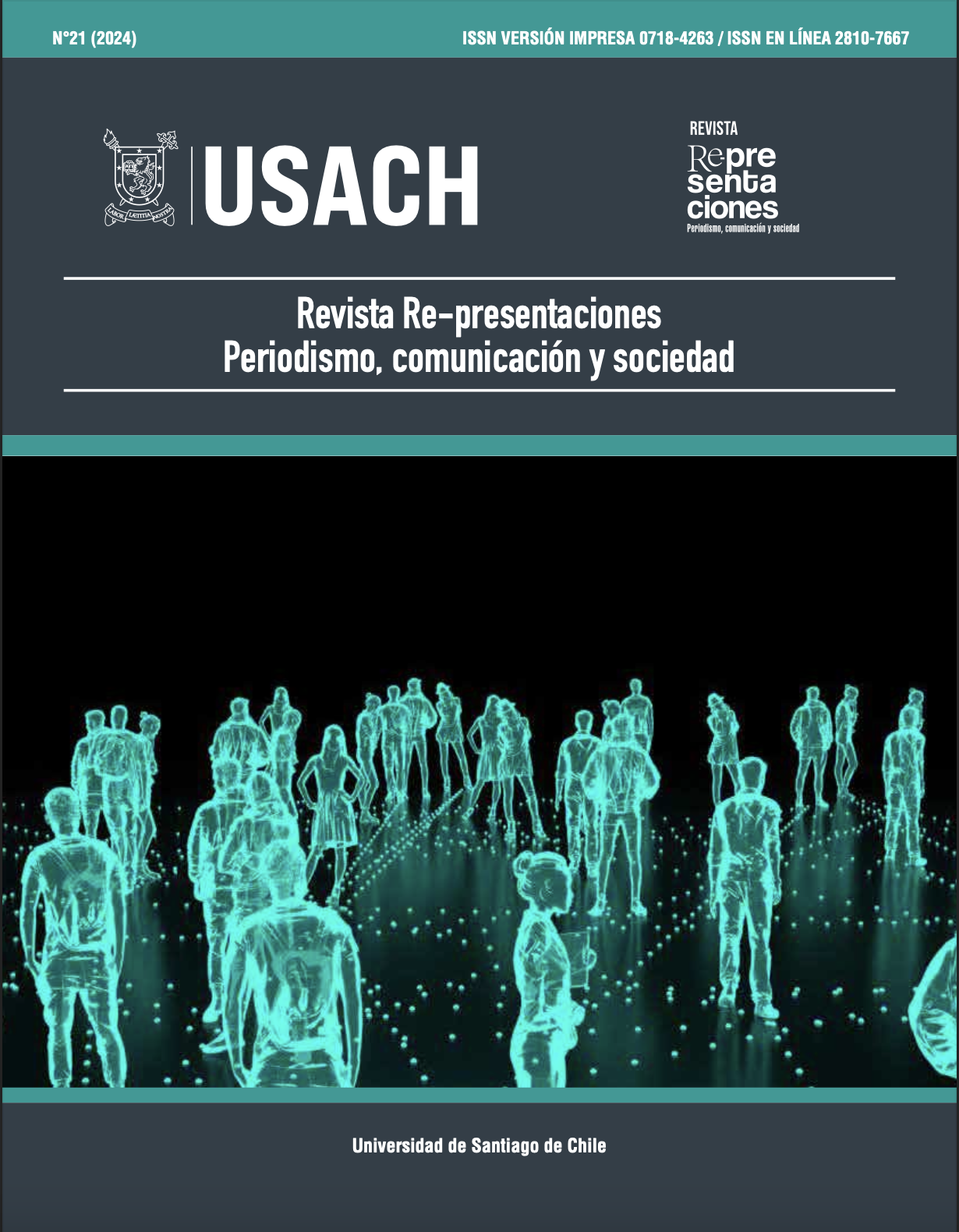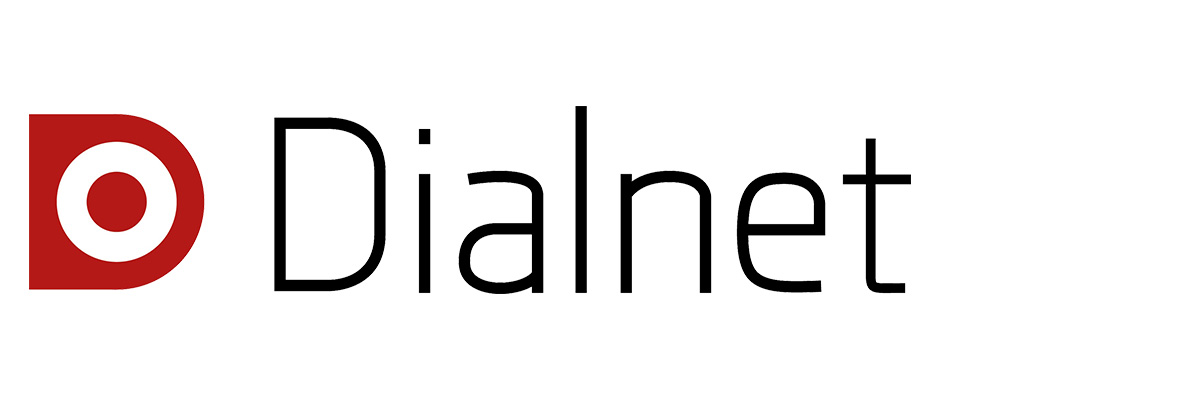Negative campaigns in X (formerly known as Twitter) for the 2021 presidential campaigns in Chile
DOI:
https://doi.org/10.35588/vfa4wj50Keywords:
negative campaigns, candidates, political communication, political parties, x (Twitter)Abstract
The aim of this article is to understand how negative campaigning worked during the 2021 presidential campaigns on social media X (formerly known as Twitter). This mixed-methods research integrated quantitative and qualitative approaches to analyze the accounts of the seven presidential candidates who ran for office and determine the extent to which this tactic was employed in the campaign. The findings show that negative campaigning is present on X, with José Antonio Kast (Republican Party) being the candidate who used this strategy the most. Furthermore, the study helps identify that candidates who faced less negative campaigns, ranked lowest in the elections, whereas those attacked the most, secured the first positions. That is the case of Gabriel Boric, who was ultimately elected president.
Downloads
References
Arias, G. (2017). Gustar, Ganar y Gobernar: Cómo triunfar en el arte de convencer. Madrid, España: Aguilar.
Bourricaud, F (2001). Sobre la noción de comunicación sociopolítica. En Teoría Política y Comunicación. Barcelona, España: Gedisa editorial.
Brie, E., & Dufresne, Y. (2020). Tones from a narrowing race: Polling and online political communication during the 2014 Scottish referendum campaign. British Journal of Political Science, 50(2), 497-509.
Campos-Domínguez, E. (2017). “Twitter y la comunicación política”. El profesional de la información, 26(25), pp. 785-793. https://doi.org/10.7764/cdi.45.1595
Gómez, J. (2011). Campañas electorales negativas [Tesis de maestría, Instituto Tecnológico y de Estudios Superiores de Monterrey]. https://repositorio.tec.mx/handle/11285/629477
Hernández, R., Fernández, C. y Baptista, P. (2014). Metodología de la investigación. México: McGraw-Hill.
Manfredi, L. C., González, J. M. y Biojó, D. (2019). ¡Twitteo, luego existo! Un análisis de las dinámicas de competencia electoral de los candidatos a la Presidencia de Colombia 2018 en Twitter. En Elecciones presidenciales y de congreso 2018: nuevos acuerdos ante diferentes retos (pp. 117-146). Bogotá, Colombia: Konrad Adenauer Stiftung.
Martín, I. (2019). La publicidad electoral. En Herrero, J. (Ed) Manual de Marketing Político.Cómo Afrontar una Campaña Electoral. Sevilla, España: Almuzara Libros.
Sánchez, G. (2016). Las campañas electorales negativas. In Iure, 2(5), pp. 46-63.
Servicio Electoral de Chile. (2020). Conozca todas las fechas del ciclo electoral 2020-2022. Recuperado desde: https://www.servel.cl/conozca-todas-las-fechas-del-ciclo-electoral-2020-2022/
Valiente, F. (2019). La preparación de debates electorales. En Herrero, J. (Ed) Manual de Marketing Político. Cómo Afrontar una Campaña Electoral. Sevilla, España: Almuzara Libros.
Downloads
Submitted
2024-12-13Published
Issue
Section
License
Copyright (c) 2024 Daniel Soto Pincheira

This work is licensed under a Creative Commons Attribution 4.0 International License.









